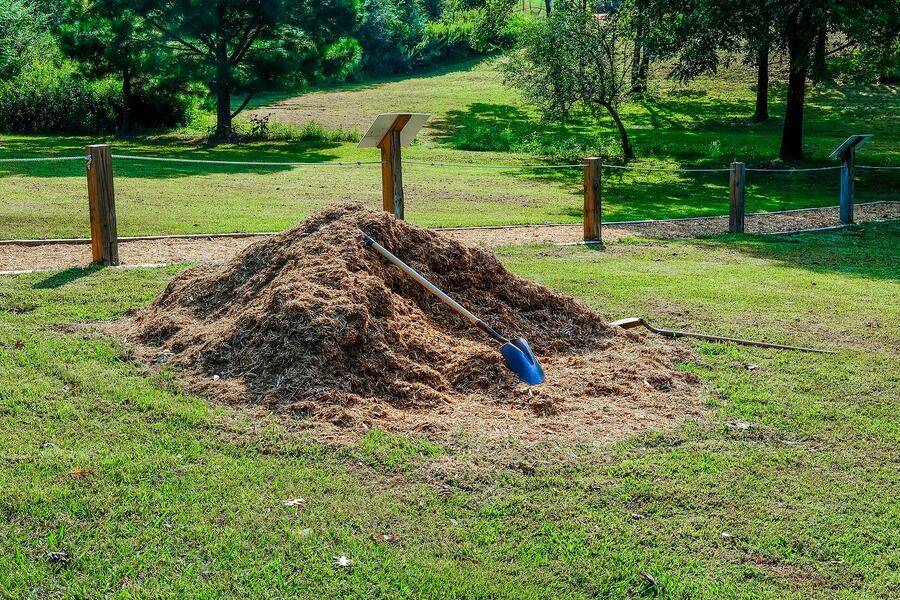
Trees need a steady supply of nutrients and water to grow healthy. While there are many fertilizers on the market, adding the wrong combination can degrade your soil and compromise the well-being of your greenery. A safer and more effective solution is mulch, comprising organic material which breaks down to release vital nutrients your plants need.
Before applying a layer of mulch, it is essential to research and understand the different mulch types and what your trees need. At Southern Star Tree, we can assess the quality of your soil and recommend the best mulch to restore nutrients and protect your yard in the cold season. Here are common myths and truths about mulch to clear any confusion.
High piles of mulch or waste on your property usually attract rodents and insects. The recommended thickness of mulch is three to four inches, meaning mulch can’t bring unwanted critters to your home. However, consulting a tree care company for professional help and guidance is vital to maintain a safe home. A 4-inch layer of mulch can’t support pest nesting, allowing the roots to take in nutrients.
Termites are very distractive but don’t feed on mulch unless it is deep and damp. The ideal host for these insects is large wooden or underground structures, especially softwood, and cardboard. If your mulch comprises wood chips, hire a reputable tree service provider to determine if it is dry enough or a potential risk for termites. We recommend a safe and effective chemical compound to protect your trees.
Mulch barely affects soil acidity, but the top layer may acidify. Altering soil acidity is difficult, and organic mulch poses no risk to your trees. A common mistake homeowners make is mixing fresh mulch deep into the soil, risking your trees’ safety. Before applying mulch, a tree service professional should be present to ensure you use the right technique without risking root damage.
Nitrogen is essential for growth and development. When mulch breaks down, it uses nitrogen, making it scarce for your trees. Luckily, the most affected part is the top layer, as deep soil still contains sufficient amounts of nitrogen. Although mulch ultimately releases nitrogen back into the soil, please don’t mix it to mitigate damages. Schedule routine inspections with a professional tree care company to ensure nitrogen levels are where they should be.
As mentioned, proper application technique is critical to prevent mulch-related issues. Suppose you apply mulch the wrong way; the risk of diseases and decay increase. Even mulch from a diseased tree can affect healthy plants on your premises. The best way to prevent contamination is to work with a professional tree care company. We can assess the quality of your mulch before proceeding with an application.
Contact us at Southern Star Tree to learn more about myths and truths about mulch from experienced and certified arborists. We offer exceptional tree care and maintenance services at competitive market rates.